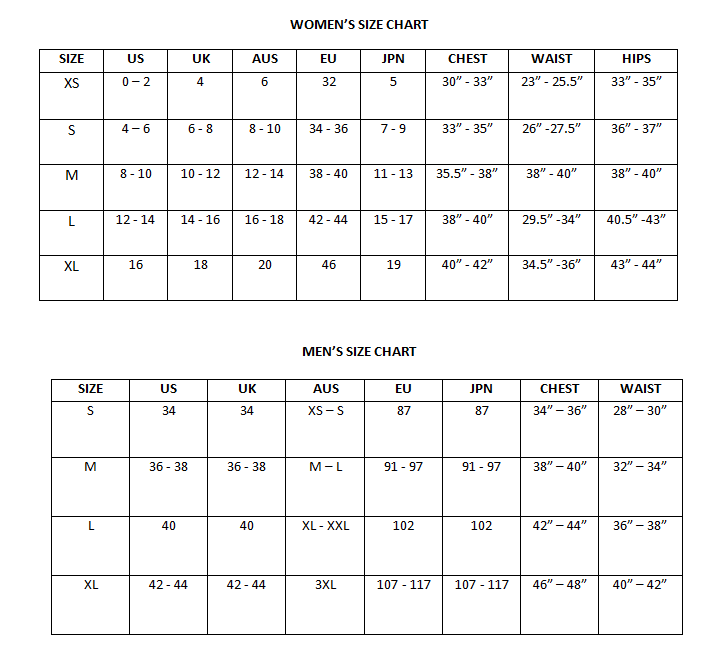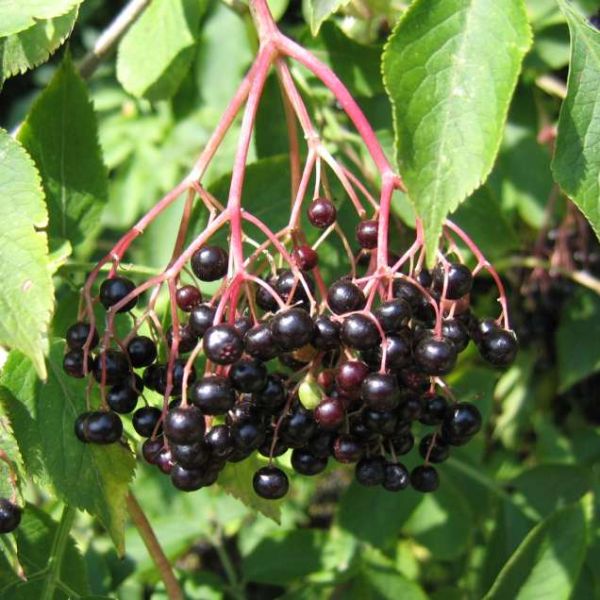Graines Sambucus Nigra (Graines Grand Sureau, Sureau noir)
Graines Sambucus Nigra (Graines Grand Sureau, Sureau noir)
Les baies comestibles sont généralement cuites, séchées, ou utilisées dans les confitures, les gelées ou les tartes. Le fruit est souvent utilisé pour faire du vin.
Les fleurs sont également comestibles.

Delivery
All orders shipped with UPS Express.
Always free shipping for orders over US $250.
All orders are shipped with a UPS tracking number.
Returns
Items returned within 14 days of their original shipment date in same as new condition will be eligible for a full refund or store credit.
Refunds will be charged back to the original form of payment used for purchase.
Customer is responsible for shipping charges when making returns and shipping/handling fees of original purchase is non-refundable.
All sale items are final purchases.
Help
Give us a shout if you have any other questions and/or concerns.
Email: contact@domain.com
Phone: +1 (23) 456 789
Availability: En stock
SKU
Sambucus Nigra
Sambucus Nigra, communément appelé Grand Sureau ou Sureau Noir, est un grand arbuste de 4-6 m de haut se développant à un rythme rapide.
Le Grand Sureau est connu pour ses fleurs de couleur crème, odorantes et aplaties, qui sont suivies par des baies pourpres-noires comestibles et abondantes en Septembre.
Ses fleurs sont hermaphrodites. L'arbuste attire des insectes bénéfiques et des colibris.
Sambucus Nigra pousse naturellement dans l'ouest de l’Amérique du Nord, du Canada au Mexique.
Le Grand Sureau peut être utilisé comme un coupe-vent ou comme clôture vivante.
Les baies comestibles sont généralement cuites, séchées, ou utilisées dans les confitures, les gelées ou les tartes. Le fruit est souvent utilisé pour faire du vin.
Les fleurs sont également comestibles. Vous pouvez les manger fraiches ou cuites.
Elles sont populaires frites en beignets. Elles peuvent être vinaigrées si cueillies encore en bouton.
Aussi, des fleurs fraîches peuvent être trempées dans l'eau pour faire une boisson rafraîchissante. Un thé sucré est fait à partir des fleurs séchées.
Cultivez en plein ou soleil partiel. Sambucus Nigra peut croître dans des sols secs à humides et tolère une ombre légère.
Zone de rusticité: 3-10
| Nom commun | Elderberry, Black Elderberry, Black Elder, Lady Ellhorn, Pipe Tree |
|---|---|
| Famille | Adoxaceae |
| Genre | Sambucus |
| Espèce | Sambucus nigra |
| Usage thérapeutique | The flowers are the main part used in modern herbalism, though all parts of the plant have been used at times. It is used in the treatment of constipation and arthritic conditions. An emollient ointment is made from the green inner bark. The leaves can be used both fresh or dry. The leaves are purgative, but are more nauseous than the bark. They are also diaphoretic, diuretic, expectorant and haemostatic. The juice is said to be a good treatment for inflamed eyes. An ointment made from the leaves is emollient and is used in the treatment of bruises, sprains, chilblains, wounds etc. The fresh flowers are used in the distillation of 'Elder Flower Water'. The flowers can be preserved with salt to make them available for distillation later in the season. The dried flowers are diaphoretic, diuretic and expectorant. An infusion is very effective in the treatment of chest complaints and is also used to bathe inflamed eyes. The infusion is also a very good spring tonic and blood cleanser. A tea made from the dried berries is said to be a good remedy for colic and diarrhoea. The fruit is widely used for making wines, preserves etc., and these are said to retain the medicinal properties of the fruit. |
| Germination | Elderberry seeds have a deep dormancy within them, this requires a degree of patience to overcome and it is usually quite easy to get high levels of germination if the correct procedures are followed. When the period of pre-treatment has finished the seed should be ready to be planted. Small quantities can be sown in pots or seed trays filled with a good quality compost and cover them with a thin layer of compost no more than 1cm deep. For larger quantities it is easiest to sow the seeds in a well prepared seedbed outdoors once the warm and cold pre-treatments have finished and wait for the seedlings to appear. Seeds that did not germinate can have the whole warm and cold process repeated again to enable more seeds to germinate. Do not expose newly sown seeds to high temperatures (above 25 Celsius). Keep the seedlings well watered and weed free. Growth in the first year is usually between 20 and 50cm depending on the time of germination and cultural techniques and developing seedlings are usually trouble free. |
| Scarification / Stratification | First prepare a free draining substrate into which the seeds are to be mixed; this can be a 50/50 mixture of compost and sharp sand, or perlite, vermiculite. The chosen substrate needs to be moist (but not wet), if you can squeeze water out of it with your hand it is too wet and your seeds may drown and die. Mix the seeds into the substrate, making sure that there is enough volume of material to keep the seeds separated. Place the seed mixture into a clear plastic bag (freezer bags, especially zip-lock bags are very useful for this -provided a little gap is left in the seal for air exchange) If it is not a zip-lock type bag it needs to be loosely tied. Then write the date on the bag so that you know when the pre-treatment was started. The seeds first require a period of warm pre-treatment and need to be kept in temperatures of 20 Celsius (68F) for a period of at least 8 weeks - it is not critical if it lasts a week or two longer than this. During this time make sure that the pre-treatment medium does not dry out at any stage or it will be ineffective! Next, the seeds require a cold period to break the final part of the dormancy, this is easily achieved by placing the bag in the fridge at (4 Celsius or 39F) for at least 12 weeks (although it can take as many as 16 weeks for signs of germination to show). It is quite possible for the seeds to germinate in the bag at these temperatures when they are ready to do so, if they do, just remove them from the bag and carefully plant them up. |
| Price View | Tranche de prix |

